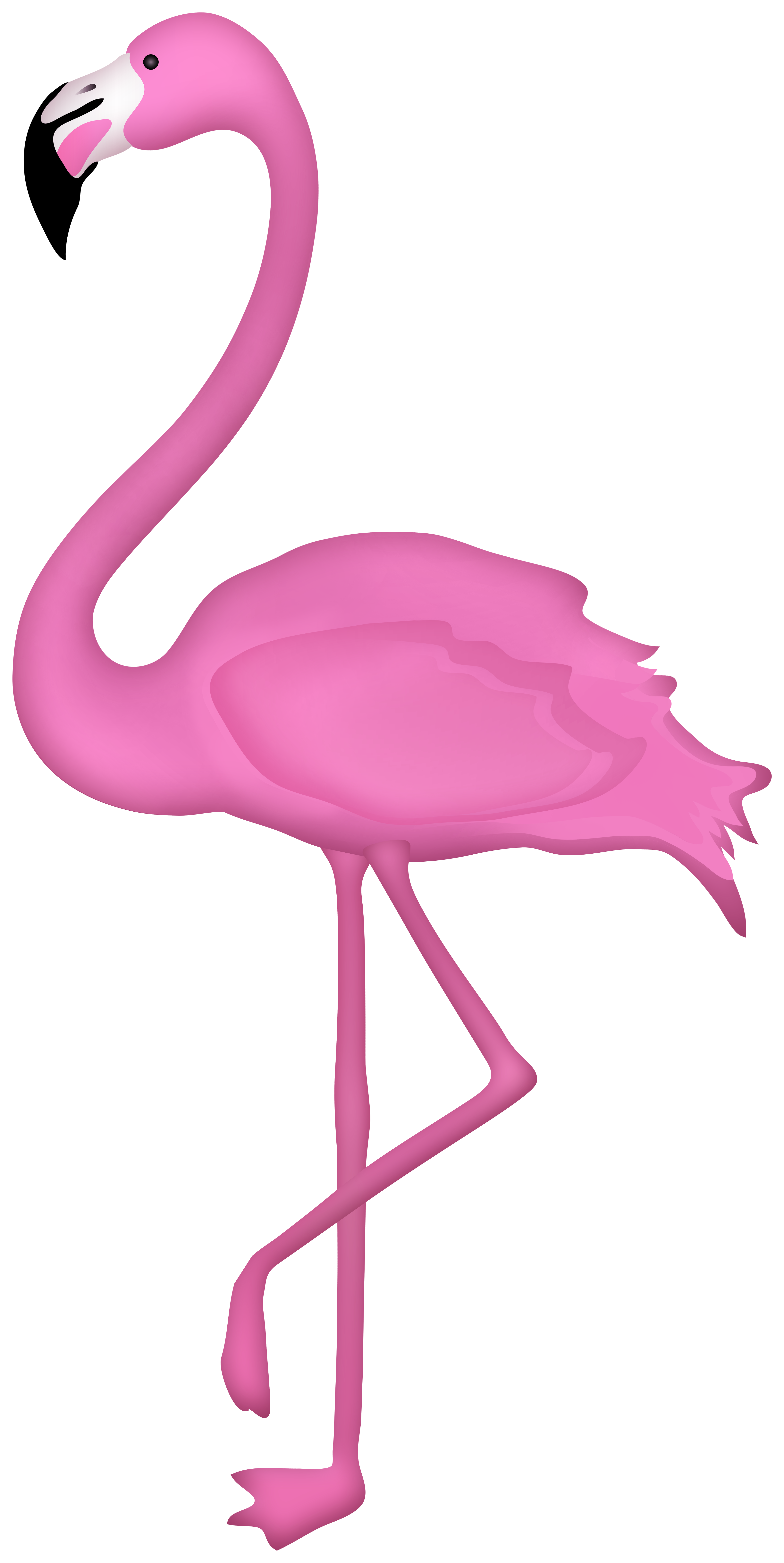

Use the Color Selector to set the main color. This control is only available when the Color option is selected. Click on the Color Dropper, then on the bitmap to pick the color. Color DropperĬlick to select the mask color from the bitmap. Selecting the Color option will activate the Color Dropper, Color Selector, and Sensitivity controls. There is also a sensitivity number to make the mask more or less sensitive to a single specific color as a masked color. If alpha channel does not exist in an image, a color in the image can be specified as a mask. At other alpha strengths, the image pixels will blend with transparency. If the Alpha channel is 100%, the images pixel will be complete transparent. The value of the alpha mask determines the intensity of the pixel color. The alpha channel is an 8-bit (256-level) grayscale representation of the image that masks the color of the underlying pixel. Each pixel in an image is described as channels of data that define the mixture of the red, green, and blue (RGB) colors. Alpha channels create and store masks that let you isolate and protect parts of an image while you apply color changes, filters, or other effects to the rest of the image. The alpha channel is a portion of each pixel’s data that is reserved for transparency information. On the right is the image over a water surface.

The gray checkered area represents the image alpha channel.
Uses the image’s alpha channel to define the masked area if one exists. Without masking (left) the image covers the surface, with masking (right), the red material shows through. The material assigned to a planar surface in this example has a red base color. Masking allows the material to show through the image where the alpha channel or masking color exists. With no masking, the image obscures the underlying material. Masking information can come from three sources in the bitmap: In this example, an image with an alpha-channel background is placed as a decal on a rectangular surface. This allows textures to have complex shaped boundaries and create complex effects such as holes in a surface. Obscures portions of the image based on either a color value or an alpha channel stored in the image.


 0 kommentar(er)
0 kommentar(er)
